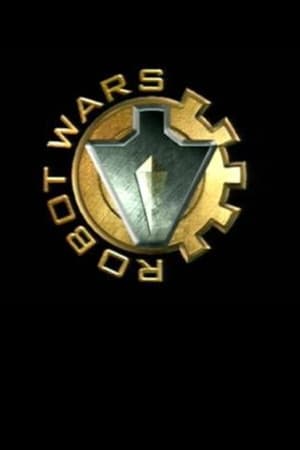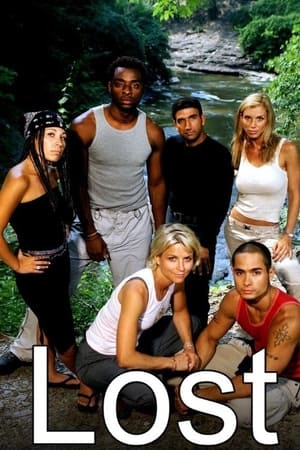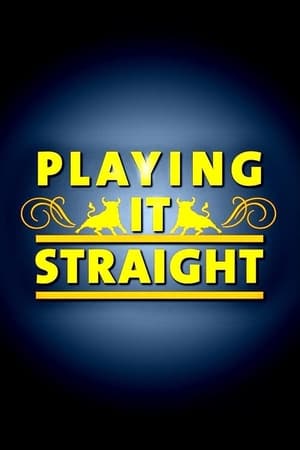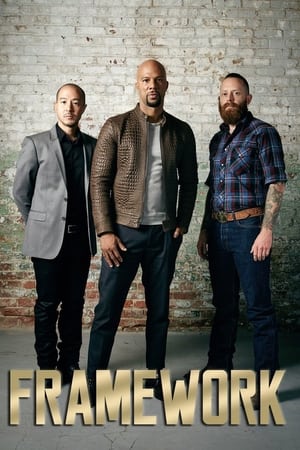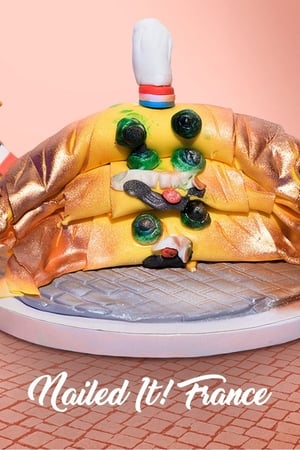Overview
NFL Cheerleader Playoffs is a television show that debuted in 2006 on the NFL Network. The official channel of the National Football League premiered each episode on Saturdays at 3 p.m. Eastern Time.
The competition was produced by IMG's television production division. Matt Gallant was the host, and Ian Eagle, Chad Johnson, and Carrie Milbank are reporters.
The playoffs were taped between July 17 and July 21, 2006 at Six Flags New England in Agawam, Massachusetts. Two-person teams of cheerleaders from 25 of the NFL's 32 teams participated in a four-event series of competitions.
The first two events test the cheerleaders' athletic abilities in events like the 100-yard dash, kayaking, tandem cycling, and the obstacle course. The third event is a trivia challenge called "Know Your NFL". The final competition is a one-minute dance routine, similar to what they normally perform on NFL sidelines.
There were six first-round episodes, five with four teams and one with five. The top two teams from each show advanced to the second round. Three winners moved to the third round, with the top two teams going head-to-head in the final. Each member of the winning team of cheerleaders received $5,000 cash and a Nautilus exercise machine, made by Bowflex.

 English
English
 0
0
 2014
2014




